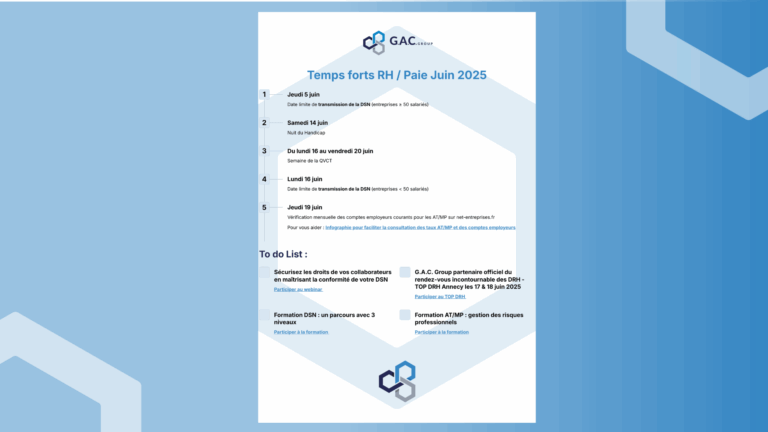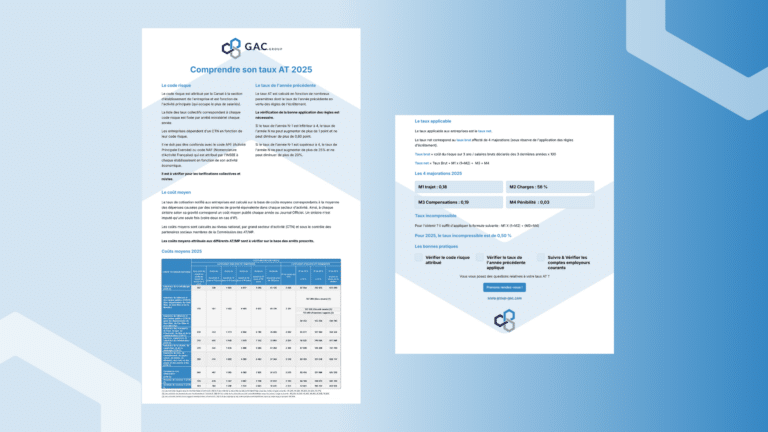MSDs are the most common occupational disease in France. In 2019, musculoskeletal disorders represent 88% of occupational diseases with 44,492 cases and in particular an increase in MSDs of 2.3% compared to 2018.
Table 57 of the general safety regime alone represents more than 3/4 of recognized occupational diseases.
While the financial cost is significant for businesses, the consequences of MSDs go far beyond. Resulting in pain that can become disabling and lead to incapacity for work, they threaten the very activity of companies.
Definition of MSDs
Musculoskeletal disorders (MSDs) group together conditions affecting structures located at the periphery of the joints: muscles, tendons, nerves, ligaments, bursa, joint capsules, vessels, etc.
The most frequently affected parts of the body are: the back, the upper limbs (wrist, shoulder, elbow), more rarely the lower limbs (knee).
For example, squatting, as well as heavy handling, can lead to osteoarthritis of the knee. The prolonged sitting posture promotes the occurrence of MSDs of the upper limbs and back.
MSDs mainly result in pain and functional discomfort of varying degrees of importance and have multiple causes, but professional activity frequently plays a role in their occurrence, maintenance or aggravation.
Frequent MSDs
- the low back pain(lower back pain),
- the neck pain(neck pain),
- the carpal tunnel syndrome at wrist,
- the shoulder rotator cuff syndrome,
- l'epicondylitis lateral to the elbow.
Risk factors
MSDs have a significant impact on business performance. They can be viewed as visible symptoms of multifactorial causes and reasons which, for their part, remain most often "hidden".
The causes are not visible for 2 reasons:
- They are at the origin of the observed problem, upstream chronologically;
- They hide the desired goals (the employee protects himself and avoids confronting what puts him in difficulty).
Very often, cascading effects follow one another until the visible localized effect (sick leave, work accident, burn-out, shoulder tendonitis, etc.). This incident may be distant and in time and geographically from the cause of the problem.
Consequences for companies
- 30 % of work stoppages are caused by an MSD
- The duration of a work stoppage due to a back accident is on average 2 months
- 2 billion euros half of which is related to back pain
- 22 million days of work lost due to MSDs and back pain
MSDs recognized as an industrial accident or occupational disease have an impact on the increase in the company's contribution rate.
In addition to this direct cost, there are the costs of replacing absent employees and lower productivity.
That's why it's so important to take collective action at work on the factors that contribute to MSDs.
Preventing MSDs in the workplace requires the involvement of all company players (employer, employees, employee representatives, occupational health services) and, in some cases, occupational risk prevention services.
Actions can relate to:
- Organization of work : intensity and complexity of the work, working time, autonomy, versatility, reduction in the repetition of gestures ...
- The work environment : physical environments, layout of the workspace, materials and equipment to reduce vibrations, adaptation of tools, etc.
- Professional social relations : between colleagues and with his superiors
- The meaning of work and the insecurity of the work situation : ethical conflicts, meaning at work, formulation of clear objectives, development prospects, knowledge and understanding of the strategy followed ...
The benefits of a global HR approach
GAC positions itself as a global business partner. We support our clients to enable them to find the overall project scheduling methods most suited to their context, their culture and their constraints.
Investing in absenteeism, turnover, RPS and / or MSD subjects in the co-construction of the approach with the actors concerned has other advantages than the commitment of the teams.
In particular, it makes it possible to:
- Better become internally aware of the direct costs incurred: salary maintenance, replacement costs, etc. and indirect : loss of customers, deterioration of the social climate and the image of the company, drop in productivity, etc.
- Unite employees on a project that becomes that of the organization
- Meet your legal obligations employer to ensure the safety and protect the physical and mental health of its employees
- Optimize time by working on a subject with a view to acting on others as well.
———————
To not miss any news on this subject, do not hesitate to subscribe to our HR Newsletter.








